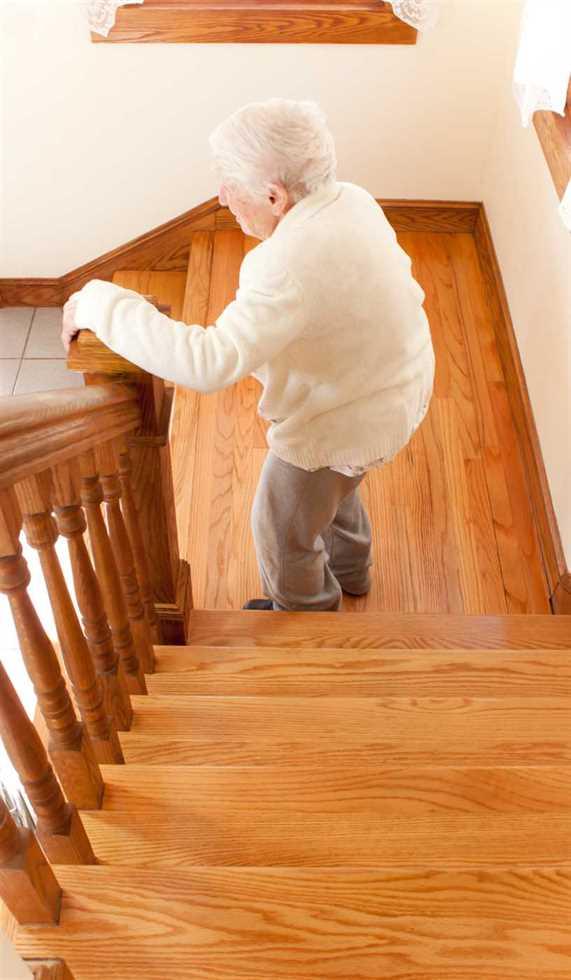 When we were young children, we tripped and fell quite frequently. We often scraped our knees, bumped our noses, and bruised our legs.
When we were young children, we tripped and fell quite frequently. We often scraped our knees, bumped our noses, and bruised our legs.
But when older adults fall, the consequences are a lot more serious. Accidents can cause broken bones, fractures, and even concussions. Steep falls can be fatal. Falls are the most common cause of injuries among seniors.
If you have an aging loved one, you may stress about what could happen if they trip. We’ve put together this guide to help you identify risky areas in the home and how you can prevent falls:
Risk Factors
Seniors are more susceptible to complications following an injury, so we must be aware of the following risk factors:
Stairs
We’ve all had a tumble down the stairs once or twice, but seniors often suffer more severe injuries from these incidents. There’s a greater risk of falling if the stairs are made of wood, which can be more slippery than carpets.
Poor lighting
A combination of dim lighting and compromised vision can create a dangerous situation.
If the lighting near stairs, steps, or cluttered areas is poor, a senior may have a more difficult time avoiding obstacles. When that’s coupled with reduced vision due to age, a fall becomes even more likely. An older adult may not see a pile of cords or a misplaced towel on the floor until it’s too late.
Medication
Prescription drugs for various health issues can have effects on our cognitive abilities. They may cause us to lose balance, experience confusion, and feel light-headed or fatigued.
How to Prevent Falls
As we age, our bones become more brittle. An injury that may not have bothered us during our youth could cause a fracture at an older age. Prevent falls with these safety mechanisms:
Raised toilets and tubs
Often, seniors slip when they are trying to sit on a toilet or get in/out of a tub. Adding aids to these appliances so that they’re easier to access (or installing grab bars for balance) can make it safer for older adults to use them. Consider adding a seat in the bathtub for additional assistance.
Handrails on both sides of stairways
A handrail on one side of the stairs might not provide enough support for a senior. Put railings on the left and right sides to give them more control up and down the stairs.
More lights
The more visible that objects are in a home, the easier it is to avoid tripping and falling. Try to set up more light sources in a senior’s home, especially near the stairs and other high-traffic areas. Night lights that plug into power outlets are helpful for late bathroom trips.
Home care services
One of the most dangerous parts about a fall is that a senior may be unable to call for help if they are injured. This might be due to mobility issues or cognitive issues like dementia, which cause disorientation and confusion. Hiring a home care assistant will ensure that if anything happens to an older loved one, they’ll receive prompt medical attention.
Are you looking for home care agencies in Winnipeg? At Partners for Home, we offer specialized home care services, social support, housekeeping, and more.

